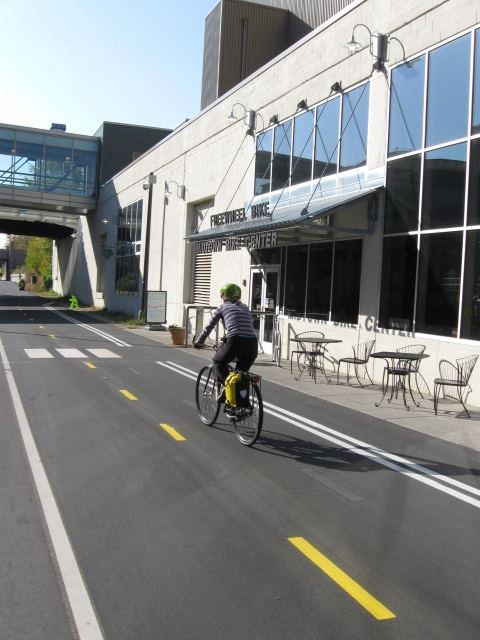
Share On Social!

A team of researchers from the University of North Carolina presented compelling information at the 2014 Obesity Society Annual meeting that shows the development of Greenways in Minnesota may have helped increase rates of people who bike to work.
The study, which examines the levels of bike commutes over a 10 year period, found that ridership increased 89% among those who lived within three miles of the Greenways and by 33% for those who lived within six miles.
“Our goal was to evaluate how the development of the Minneapolis Greenway affected the commute of residents over a ten-year period. We found that bicycle commuting increased most significantly in communities along the Greenway,” said Penny Gordon-Larsen, PhD, TOS Vice President and Professor of Nutrition at the University of North Carolina in a press release from the Obesity Society.
According to the press release, few studies have previously established a direct link between a city’s bike infrastructure and increased participation in bike commutes. Yet in this case, researchers found that the increase in bike trips occurred around the same time that the city implemented changes to its bike infrastructure, in the form of the Midtown Greenway. The Greenway, a 5.5 mile old railway which was converted into a bike trail and walking path has helped connect more neighborhoods to commercial areas.
According the Midtown Greenway website, the trail serves individuals from diverse backgrounds, including Latinos. In 2012, the Greenway coalition worked with the Minnesota Immigrant Freedom Network to organize family days which helped bring members of the Latino, Somali, and Native American communities out to the trail.
Read the full press release here about the study here.
Explore More:
Healthy Families & SchoolsBy The Numbers
142
Percent
Expected rise in Latino cancer cases in coming years



